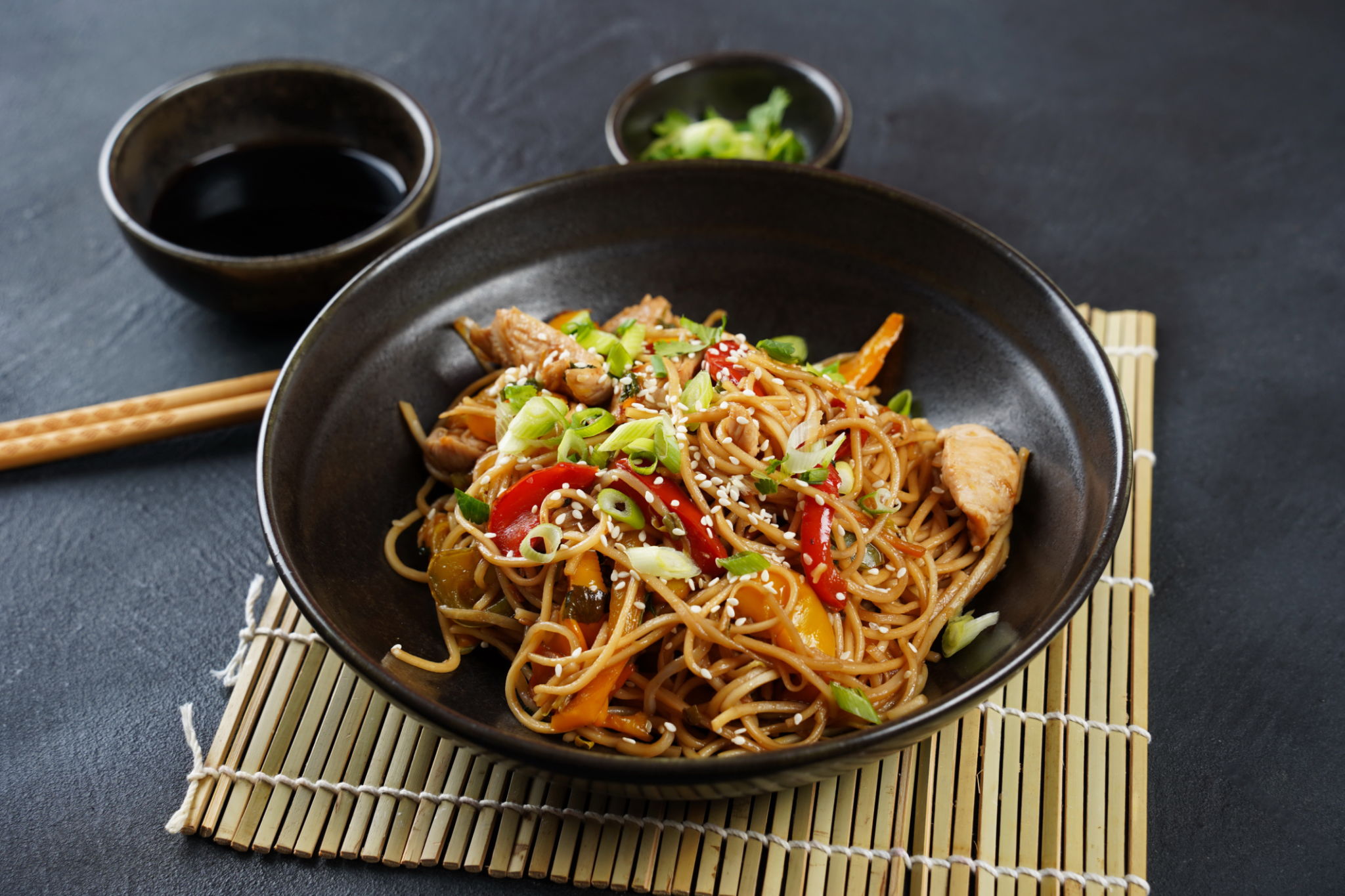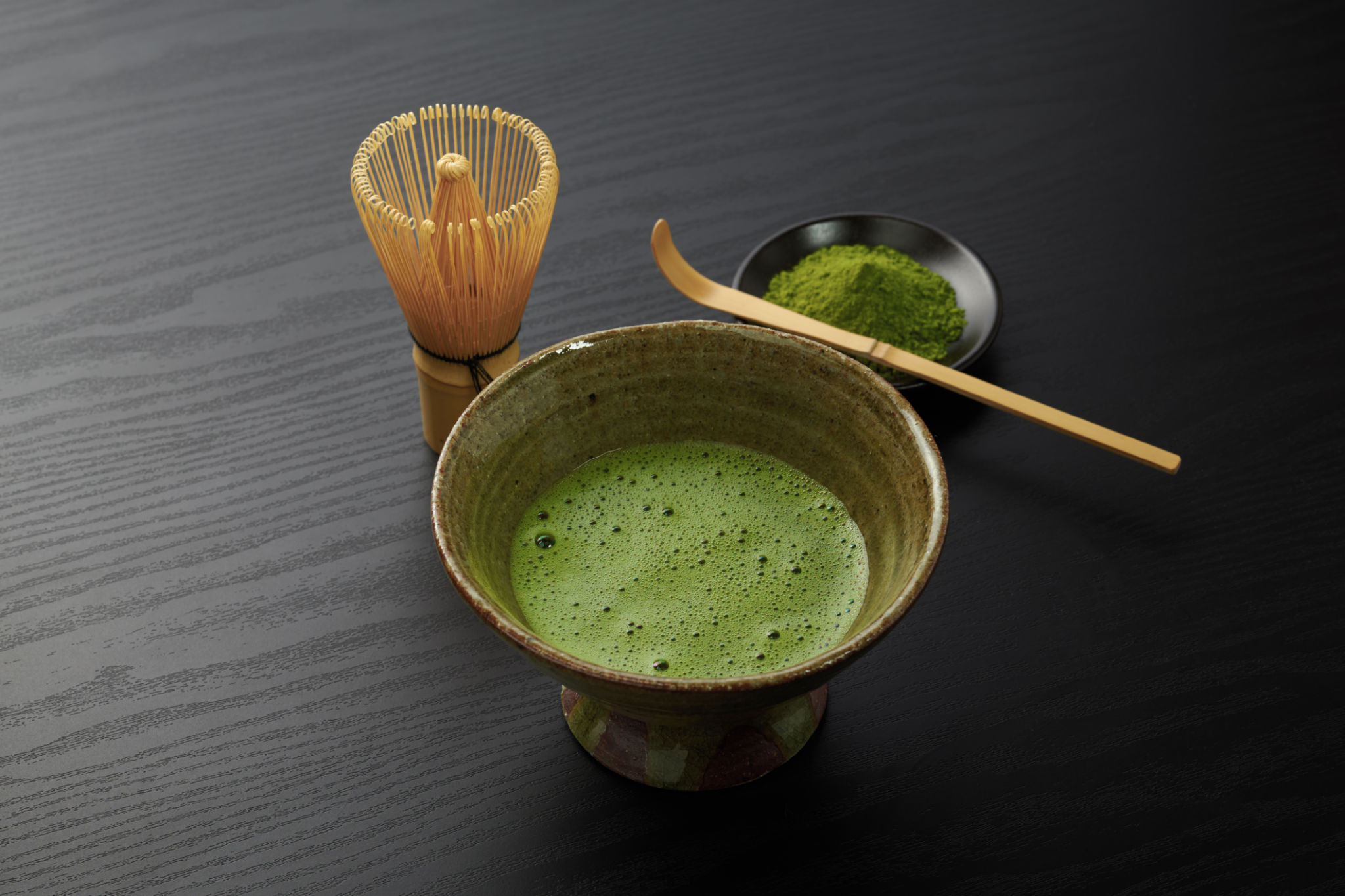Exploring Japanese Culinary Traditions: What Makes Samurai Stand Out
The Essence of Japanese Culinary Traditions
Japanese cuisine is renowned for its delicate balance of flavors, aesthetic presentation, and emphasis on fresh ingredients. The culinary traditions of Japan have been shaped by centuries of history, influenced by both indigenous customs and foreign interactions. Among these traditions, the concept of samurai dining stands out for its unique blend of simplicity and sophistication.

Historical Background of Samurai Cuisine
The samurai were not only warriors but also connoisseurs of fine dining. Their meals were a reflection of their disciplined lifestyle and appreciation for art. Originating in the Kamakura period, samurai cuisine evolved over time, focusing on seasonal ingredients and the art of presentation. This culinary style was not just about nourishment but also a means to cultivate mindfulness and respect for nature.
Key Elements of Samurai Dining
Samurai cuisine is characterized by a few key elements that make it distinct. Firstly, simplicity is paramount. The dishes are often minimalistic, allowing the natural flavors of the ingredients to shine through. Secondly, balance is crucial. Meals are carefully composed to include a variety of tastes and textures, ensuring a harmonious dining experience.

The Art of Kaiseki
Kaiseki is a traditional multi-course Japanese dinner that exemplifies the principles of samurai dining. It is an art form that requires meticulous attention to detail, with each course crafted to evoke the beauty of the seasons. The focus is on fresh, local ingredients and the presentation is often so exquisite that it's considered edible art.
The Role of Rice and Tea
No discussion of Japanese culinary traditions would be complete without mentioning rice and tea. For the samurai, rice was not just a staple food but also a symbol of prosperity and power. Similarly, tea ceremonies were an integral part of samurai culture, reflecting their values of discipline and respect. The ritualistic preparation and consumption of tea were seen as a spiritual practice.

Modern Interpretations of Samurai Cuisine
In contemporary Japan, the influence of samurai dining can still be seen in many aspects of Japanese cuisine. While some traditional dishes have remained unchanged, others have been adapted to suit modern tastes and lifestyles. Restaurants across Japan and beyond have embraced this culinary heritage, offering diners a chance to experience the elegance and simplicity of samurai meals.
The Legacy of Samurai Culinary Traditions
The legacy of samurai culinary traditions continues to inspire chefs around the world. The emphasis on quality ingredients, artistic presentation, and mindful eating resonates with today's focus on healthy and sustainable dining practices. By exploring these traditions, we gain insight into a way of life that values harmony with nature and the artistry of food.
In conclusion, Japanese culinary traditions offer a window into the country's rich cultural heritage. The samurai's approach to food provides valuable lessons in simplicity, balance, and respect for nature. Whether through traditional kaiseki dinners or modern interpretations, the spirit of samurai dining endures, inviting us to savor not just the flavors but the entire experience of Japanese cuisine.
